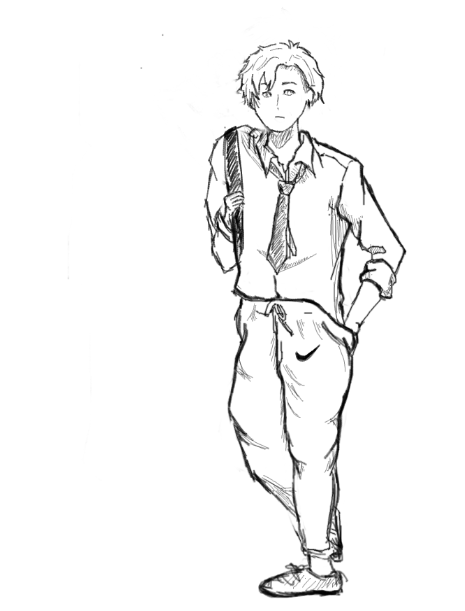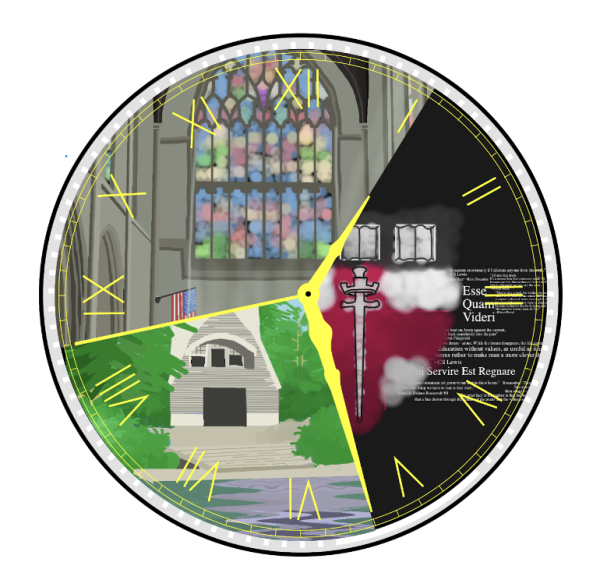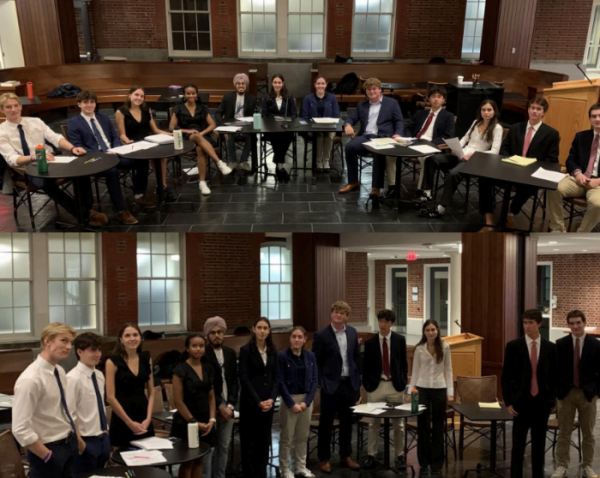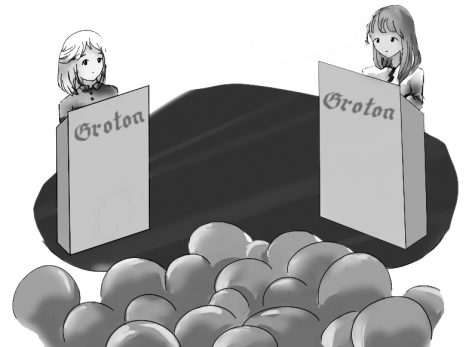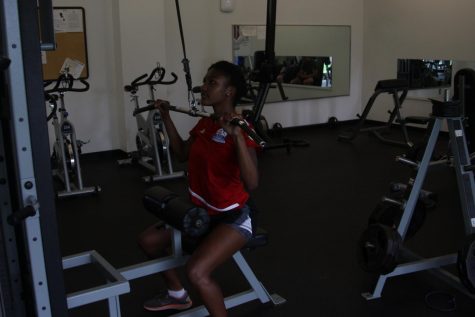Why the Dress Code Isn’t Working
Few topics at Groton are mired in more controversy than the Dress Code. At a recent Groton Feminists meeting, students discussed the implications of the Dress Code in our everyday lives and reviewed the official rules. Though members had varying experiences and thoughts about Dress Code, the overall consensus was clear: from the dubious and somewhat sexist guidelines themselves to the methods of enforcement, the current rules simply aren’t working.
In the past few years, the official Dress Code has been changed to become non-gender specific, and the following items are currently approved for morning school dress: “Collared shirts, dress pants, khakis or shorts of similar style, modest tops (but not t-shirts), skirts and dresses (appropriate in length).”
The current guidelines still hold sexist undercurrents, particularly in forbidding clothing that is “provocative, distracting, and revealing.” I, along with most other students at the Groton Feminists meeting, found the word choice of “provocative” and “distracting” somewhat disturbing, as it connotes a sexualized view of the female body. While it’s likely that someone who comes to school in, say, a Hefty garbage bag will distract the class, it’s the smaller violations that worry me the most. Why should another person’s education be impacted by something as small as an exposed shoulder in the first place?
Another problem with the Dress Code is that it simply isn’t enforced. While some students do choose to stick fairly closely to Dress Code, the typical school day outfit of many girls is simply leggings and a sweatshirt. Other items that I understand to violate Dress Code include spaghetti straps, casual shirts with writing, and blue jeans. Because rules for boys are much more cut and dry than rules for girls, girls can be much further out of Dress Code without getting called out for it. This imbalance isn’t fair to boys, and it creates a strange clash where a girl clad in leggings and a t-shirt might be standing next to a boy in a buttoned up shirt and khakis.
The overall vague language such as “appropriate in length” and “modest tops” leaves the Dress Code mainly up to faculty members’ discretion, meaning that people of different body types can be more or less likely to be called out for a violation. For instance, taller girls may be more scrutinized for wearing the same length skirt as a friend, simply because it looks smaller on them.
Arguably the largest issue with Dress Code is how it is enforced on the rare occasions when it is. A student should never be called out by a faculty member for being out of Dress Code in front of other students. Especially for girls, the experience can be humiliating and objectifying, not to mention extremely unnecessary. One girl at the Groton Feminists meeting described a teacher forcing her to stand up in front of the class so that her peers could delineate all of the things wrong with her outfit. The fact that this has happened, even if only once, is appalling. Though I have never had this experience, I know exactly how I would feel: uncomfortable, upset, and degraded.
One faculty member present at the meeting brought up the idea that teachers should have some sort of protocol in how they go about dress coding students. It’s about time. Moreover, students should not be issued demerits after Dress Code violations. They are already being asked to go back to their dorms and change, so the problem is fixed. Why punish them? If the purpose is to discourage repeat infractions, the hassle of changing should already be enough.
Staunch supporters of the Dress Code tend to believe that wearing nice clothing is a matter of respect for the academic environment. I agree that some sort of regulation governing students’ attire would benefit Groton, but the current one only encourages an atmosphere of disrespect. If being in Dress Code is about respect, then a large portion of the student populace unintentionally displays disrespect to teachers and peers on a day-to-day basis.
The Dress Code should be changed to fit what students already wear. That way, students will feel more comfortable in their clothes, and teachers can enforce the Dress Code in the instances where it actually needs to be enforced. Dress codes are meant to encourage an effective and respectful learning environment, and ours will only work if we change it.


